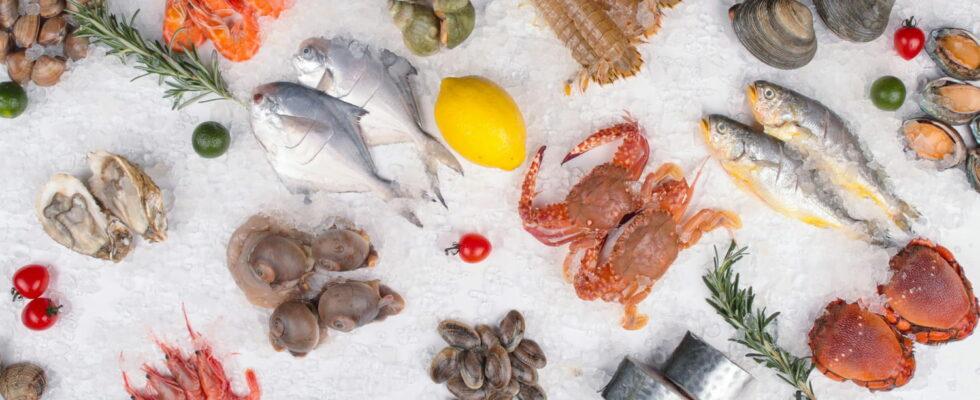An unusual material, derived from a mollusk, is now being transformed into a valuable resource for the textile industry. A revolution in the field of fashion that opens up new perspectives for manufacturers committed to sustainability.
This is a most surprising innovation. In Taiwan, the shells of a very particular mollusk, long considered waste, are now being transformed into a textile material. Used in the past to insulate houses, these shells are now being used as the new technology in vogueaiming to design eco-responsible fashion pieces.
Every year, around 200,000 tons of this mollusc are consumed in the country, generating an immense quantity of shells. Instead of ending up abandoned or thrown away, these are then cleaned, dried and reduced to powder to then be mixed with recycled plastic fibers. This process thus creates a material used in the fashion industry, Seawool, with an annual production of approximately 900 tonnes. A totally unexpected fabric, with properties similar to those of wool, which earned it the name “sea wool” in French. One of the country’s manufacturers even goes so far as to describe this wool as “magical”, particularly in relation to its low thermal conductivity, which neither absorbs nor dissipates heat. The recovery of this waste then contributes to the country’s circular economy, while offering a sustainable alternative to traditional textile materials. Responsible clothing brands, particularly in the European and American sectors, are also adopting this unique fabric for its insulating properties, but also for its highly reduced environmental impactis a flourishing success. There is no doubt that the innovation will soon cross French borders. So, what mollusk are we talking about? It is theoyster and therefore of its highly coveted shell.
What was once bulky waste thus becomes a key material for the fashion sphere, proving that fashion has not had its last word.
